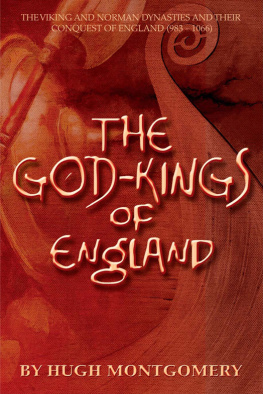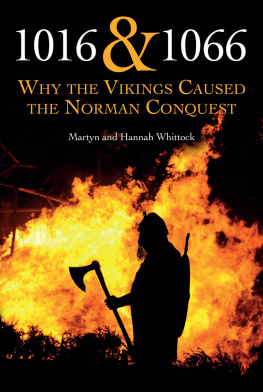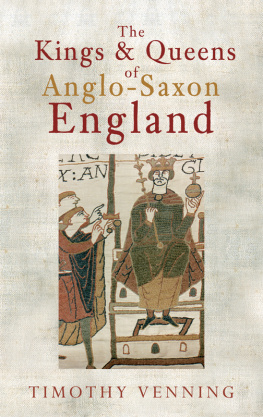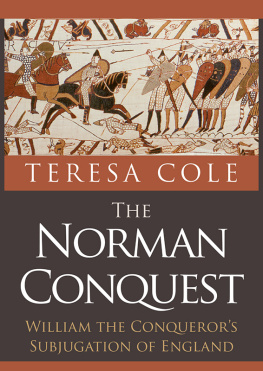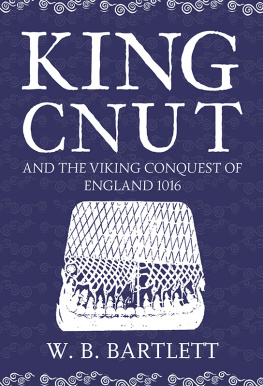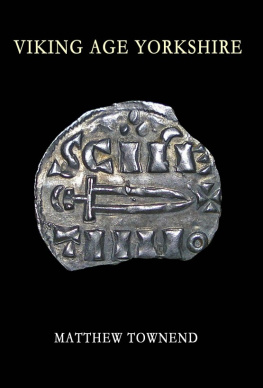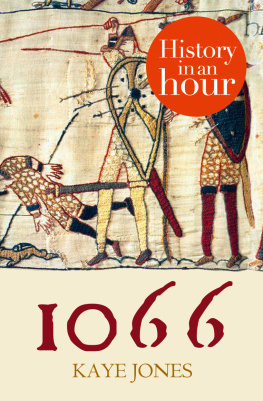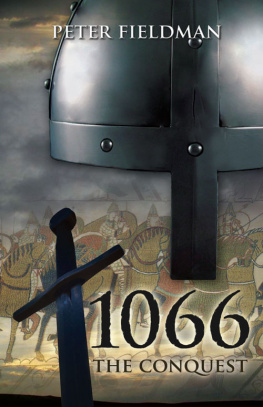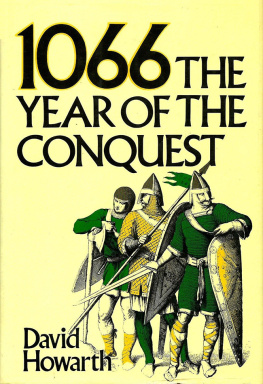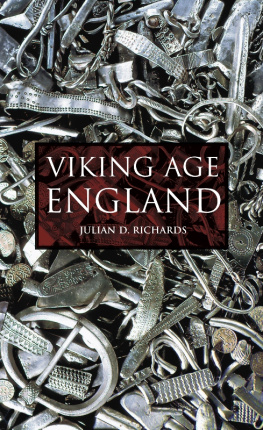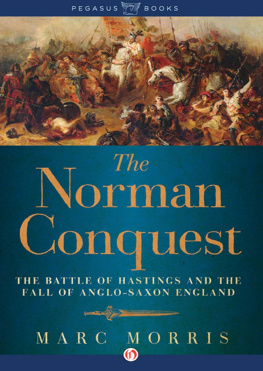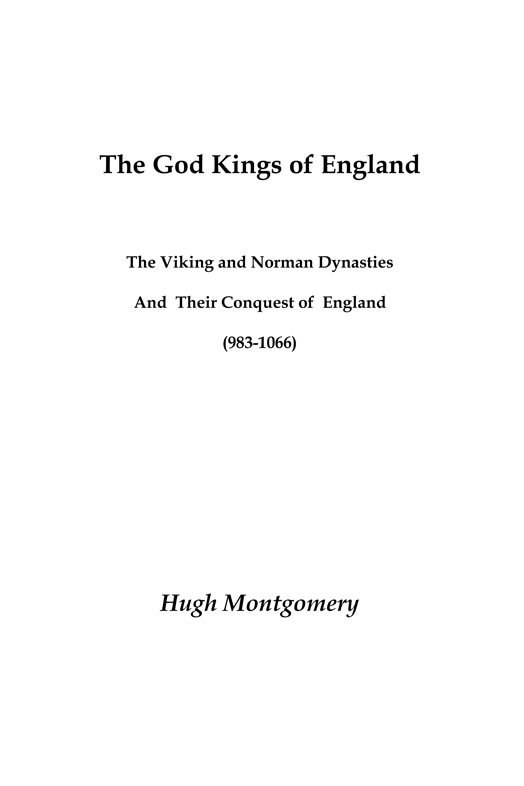First published in Great Britain, 28th September 2007
by

The Temple Publications Ltd.
Somerset
United Kingdom
Info@thetemplepublications.co.uk
www.thetemplepublications.co.uk
ISBN: 978-09555970-4-6
This E-edition published by
The Temple Publications, 2012
ISBN 978-0-9572113-8-4
Hugh Montgomery, 2007
All rights reserved. No part of this publication may be reproduced or transmitted in any form or by any means, electronic, mechanical, including photocopying, recording, or by any information storage or retrieval system, with out written permission from the publisher.
Cover painting Viking longboat by Yuri Leitch.
Cover design by Lee Yarlett.
Page set up and preparation by The Temple Publications.
Dedication
To Bo~Gabriel de Montgomery
Scholar, Gentleman and Cousin
Acknowledgements
To my distant cousin Sophie Montgomery who so kindly made available the work both published and unpublished of her father the late Bo-Gabriel de Montgomery. To Helena Dahlin, her daughter, who kindly allowed me to use some of the photographs she took. To Ernie Barrow of Dragonara, Somerton, Somerset who, when my arthritis became so bad that I could not type, kindly typed out the chapter on the Battle of Hastings and to fellow author Joy Dunnicliff of Uttoxeter, who performed the same service for me for large parts of . To Niven Sinclair for sending me copies of so many documents from his collection. To the Chief Archivist of the Royal Danish Collections for letting me have copies of charters and documents from the period. To the curator of the Royal Collection for allowing me access to the collection. To the Mayor of Belleme for allowing my wife and I unfettered access to the mayoral records at a time when the Library is normally closed. So many people have helped me by answering queries so if I have inadvertently forgotten anyone, my apologies. To my editors Oddvar Olsen and Stephen Andrews at The Temple Publications for accepting my work for publication and for reading and editing it so quickly and lastly to my wife Hermione, who reminds me to eat when I am busy working and whose belief and love supports me at all times.
LIST OF FIGURES
1 Kings of England 980 1066
2 Descendants of Cnut
3 Descendants of Aethelred
4 Descendants of Richard I, Count of Normandy
5 The Invasion Map
6 The Forces at the Battle of Hastings
7 Social Structure under Edward the Confessor
8 Social Structure in Normandy prior to the Conquest
9 Social Structure of England after the Conquest
PLATES
1 Bayeaux Tapestry Fig 1. Edward send Harolod to Normandy
2 Bayeaux Tapestry Fig 2. Harold in Pontieu
3 Bayeaux Tapestry Fig 3. The Battle of Hastings
4 Bayeaux Tapestry Fig 4. Harolds Army is defeated
5 Jewish Ritual Bath
BIBLIOGRAPHY AND MEDIEVAL SOURCES
(a)Gesta Guillelmi Ducis Nomannorum et Regis Anglorumby William of Poitiers written between 1074-1077. William of Poitiers was chaplain to William the Conqueror.
(b)Gesta Normannorum Ducumof William of Jumieges written c. 1130
(c)Historia Ecclesiasticaof Ordericus Vitalis
(d)Carmen de Hastingae Proelioby Guy, Bishop of Amiens
(e)The Bayeaux Tapestryprobably stitched in Canterbury on the orders of Odo of Bayeaux, the half-brother of William I and was to an extent a piece of early propaganda to show Odo and his friend Eustace of Boulogne (whose real contribution to the battle of Hastings is murky) in the best possible light.
(f)De moribus et actisprimorum Normanniae ducumby Dudo of St. Quentin
(g) Documents and letters from the Danish State Archives for the years 1040-1073 of which the Chief Archivist kindly sent me photocopies.
(h)Gesta Normanumby Ebrard de Montgomery Three fragments remained in the possession of the family until the mid 18th. Century. See Montgomery, H. (2001) The Montgomery Millennium Megatrend, Belgrade & London. Ebrard de Montgomery was the youngest son of Roger de Montgomery, by his second wife, Adeliza de Puiset and was chaplain to both William II and Henry I. Although born after 1082 Ebrard would have had a chance to talk to his father and others who took part in the events of 1066. Though by all accounts he did not get on well with his eldest brother, Robert of Belleme. It is almost certainly he who originally used the term At the time of Rollo the Pirate. (See chap.2). Some of this was used in a family History published in 1842 by Geogiana Reilly from documents in the possession of the Montgomerys of Grey Abbey. This source is therefore secondary
Further sources and references are to be found at the end of each chapter.
Introduction
In my book The God Kings of Europe I showed how the early Christian/Judaic Church had been suborned by the Roman Empire. How they had agreed to write Jesus descendents and family out of history. How they took from them the family Bishoprics of Jerusalem, Alexandria, Antioch and Ephesus. That one Church Father actually proclaimed that Jesus had been preaching the wrong religion!
The Church would have succeeded had not a descendant of Jesus himself, Maria of the Elchasaites, married the King of the Visigoths, Ataulf. This marriage to the conquerors of Rome allowed the families of Jesus and his brethren to continue under their protection and formed the basis for the great Ulvungar dynasty, descended from Herioldus Brocus or Lothbroc. The Ulvungars bided their time but eventually counter-attacked. They launched Viking raids into both Europe and England and then decided on a policy of occupation, first in Normandy, where one branch became the Dukes of Normandy and later Kings of England. The family was to be kept safe but undercover, accepting the hated Baptism if that is what it took, but keeping alive their ancient Mesopotamian and Middle Eastern origins.
Most people think of the Viking and Danish occupations of England as completely divorced from the Norman Conquest, but as this book will show, the Norman Conquest was merely the last and most successful invasion by the Ulvungar Dynasty. The Conquest of England was planned and started by the Ulvungar Ragnar and completed by his descendants. The Norman conquest of England was planned and executed by five men: William of Duke of Normandy, Roger de Beaumont, Roger de Montgomery, Robert dEu and William Fitz-Osbern all Ulvungar descendants.
This is their story.
Chapter One
Howso great mans strength be reckoned,
There are two things he cannot flee;
Love is the first, and Death is the second
And love, in England, hath taken me!
(From Sir Richards song Puck of Pooks Hill by Rudyard Kipling)
England and the Events that lead to the Invasion
On a cold day in January 1066, probably on 5th, King Edward, known as The Confessor, died. His death triggered events that have echoed down the ages. It marked the end of the reign of the Anglo-Saxon Royal line. It precipitated a series of events leading to the Norman Invasion and the replacement of the Anglo-Saxon Kings by the Norse line of the Dukes of Normandy and the AngloSaxon Thegns by the Norman Barons.
The reasons, however go back over many years, and before we can judge the rights or wrongs involved or even why those events triggered the Invasion, it is first necessary to look at England and Europe for about 100 years or so before the events of 1066 and to look at the Legal Claims to the throne.

